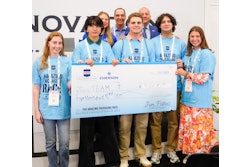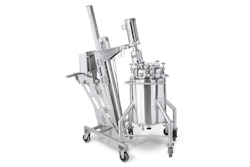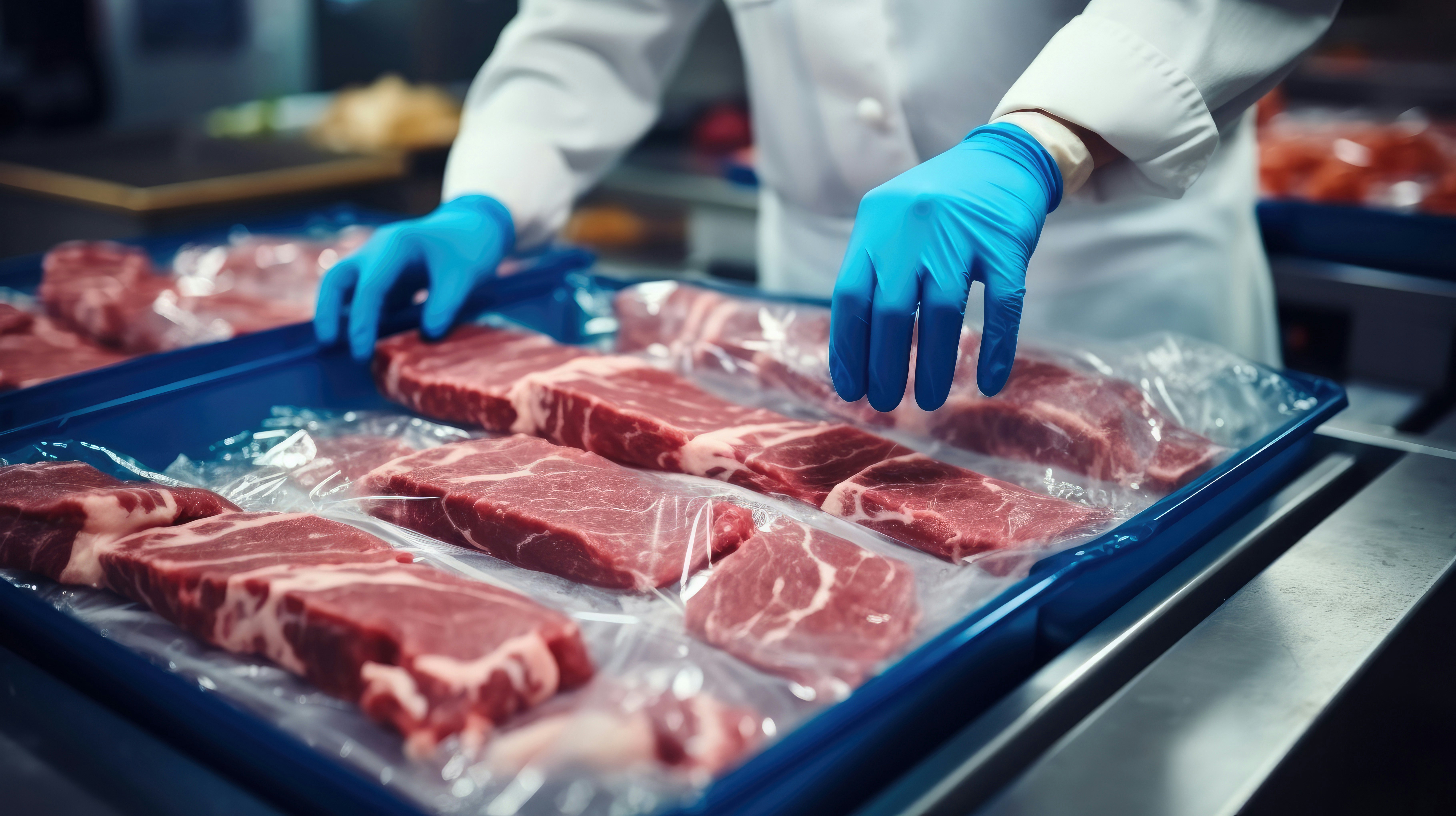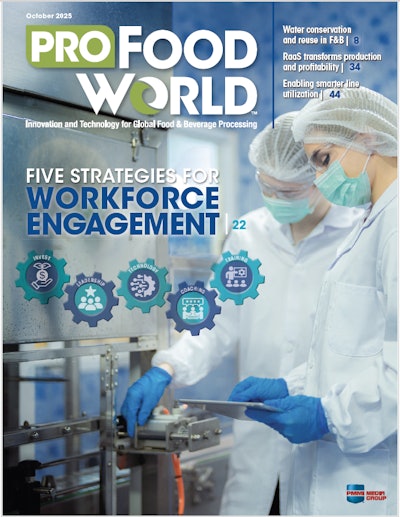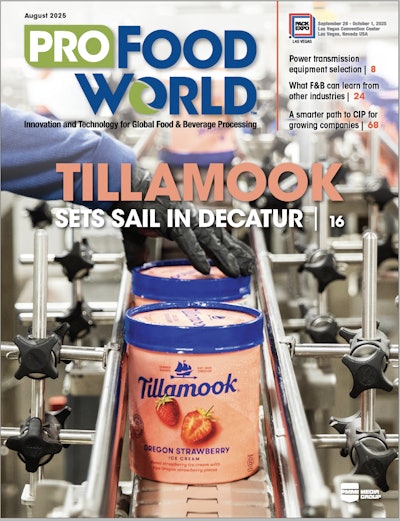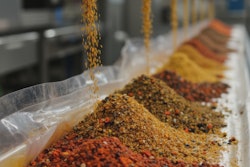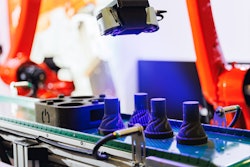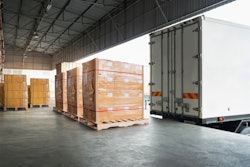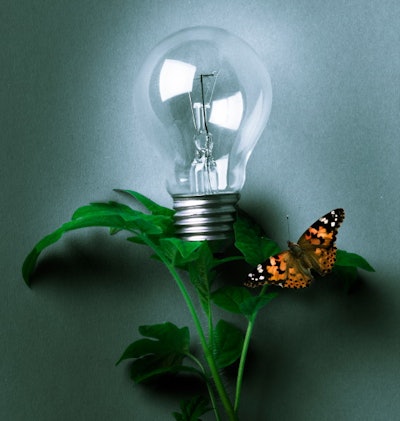
A new study, “Energy and Economic Values of Non-Recycled Plastics (NRP) Currently Landfilled in Canada,” has determined that if all of the nonrecycled plastics that are put into Canadian landfills each year were converted to energy, using technologies currently available, the energy would be sufficient to provide fuel for more than 600,000 automobiles annually. The study was carried out by the School of Planning of the University of Waterloo on behalf of the Canadian Plastics Industry Association (CPIA).
“Plastics, being hydrocarbons, have energy values substantially higher than coal and almost as high as natural gas and oil. Capturing this energy value of nonrecycled plastics would contribute a significant supply of alternative energy in Canada,” says professor Murray E. Haight, one of the authors of the study.
The study estimated that if all the nonrecycled plastics were converted to fuel oil, using the technology called pyrolysis, it would produce almost 9 million barrels of oil, equivalent to a value of $786 million.
Alternatively, if all of the nonrecycled plastics were separated from other wastes and used as fuel in specially designed power plants, the electricity produced would be sufficient to supply almost 500,000 Canadian households annually while also reducing the country’s dependence on coal.
Similarly, the study also estimates that if 100% of Canada’s currently landfilled combustible solid waste instead were diverted to new waste-to-energy (WTE) power plants, it could provide electricity to power more than 1.5 million homes each year.
Notes CPIA, plastics are highly engineered, enabling innovation in design, performance, and efficiency in all sectors of the economy, spanning automotive, medical, building materials, electronics, and packaging. “After use, plastics should be recycled to the full extent possible. For nonrecycled plastics, they can be repurposed to be a valuable energy source. Recovering this energy complements recycling and is a better option to landfilling energy,” says Cathy Cirko, vice president of the CPIA. Technologies exist to convert nonrecycled plastics into crude oil, electricity and into other fuels.
Says CPIA president and CEO Carol Hochu, “CPIA is pleased to be driving studies such as this one that clearly demonstrates the need for continued efforts to increase plastics recycling and to recover more of the energy value of nonrecycled plastics.”
The full study further quantifies, for each province, the potential energy value from recovering nonrecycled plastics and other combustible solid waste currently being landfilled.




